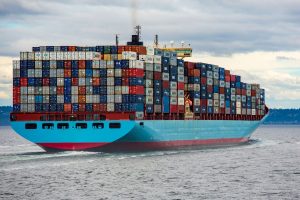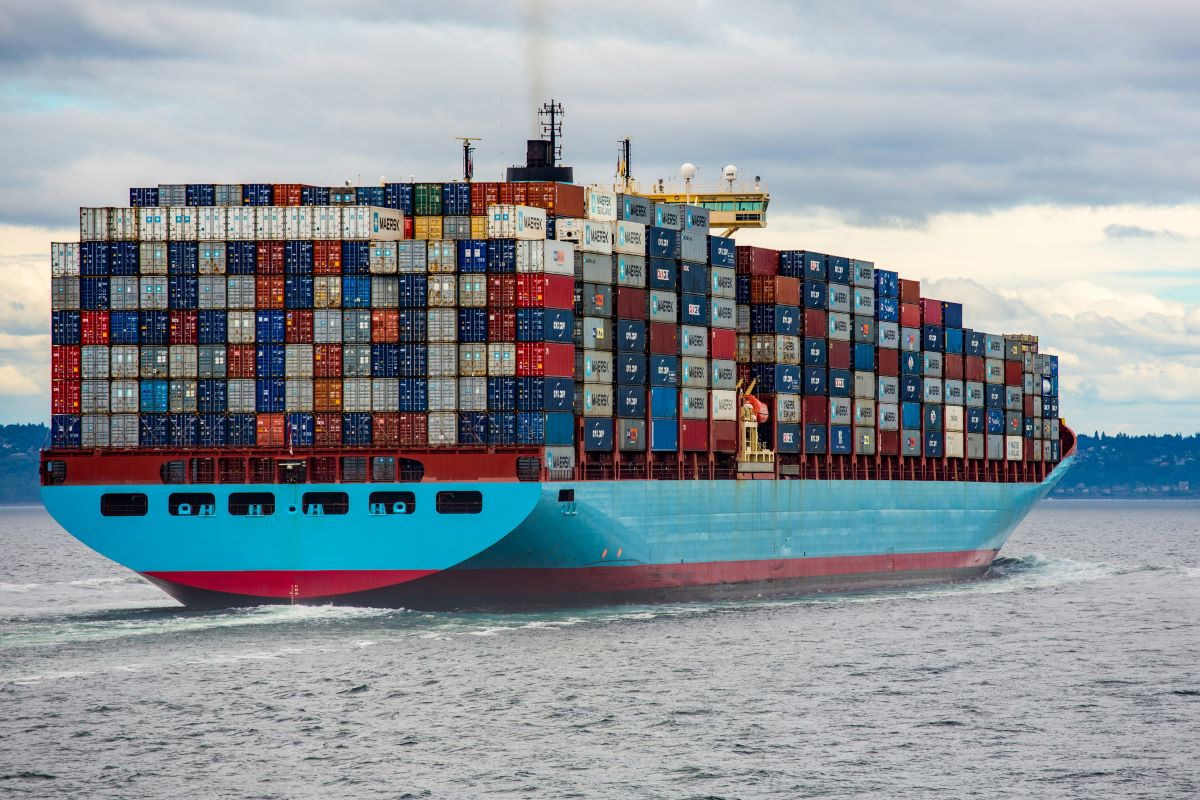In the ever-evolving realm of global shipping, the concept of empty vessel statistics takes center stage, influencing not only logistics but also the cost-effectiveness of the entire industry. Cargo space is akin to currency, and maximizing its utilization is crucial for shipping companies aiming to enhance revenue and exceed operational costs.

The ripple effect of empty vessel statistics extends beyond just unoccupied space; it represents missed opportunities for income generation. In this dynamic landscape, companies employ advanced logistics and meticulous planning to minimize empty container space, ensuring that each voyage is not only operationally sound but financially lucrative.
The availability of empty space significantly influences freight rates, thereby impacting the overall cost of shipping goods. As we explore the intricate dynamics of global shipping, this post delves into the intersection of empty vessel trends, the Chinese New Year’s impact, and the persistent conflict in the Middle East.
According to Statista (1), ocean shipping forms the backbone of global trade, with around 80 percent of goods transported by ships. The volume of seaborne trade has doubled since 1990, accompanied by a 43% growth in the worldwide merchant fleet’s capacity between 2013 and 2021.
Chinese New Year Impact:
The Chinese New Year marks a period of factory closures and reduced cargo production in China. Blank sailings strategically match diminished demand, but as the celebration concludes, a surge in shipping activities can potentially drive-up costs due to capacity readjustments.
Influence of Middle East Conflict:
Geopolitical tensions in the Middle East introduce complexity, impacting overall shipping costs and introducing unpredictability. Security concerns and oil price fluctuations add variables to the shipping equation.
 Impact on U.S. Shipping Costs:
Impact on U.S. Shipping Costs:
As a linchpin in global trade, the United States is not immune to these global shifts. Disruptions in trade routes, market fluctuations, blank sailings, and capacity adjustments collectively contribute to the changing landscape of U.S. shipping costs.
Strategic Navigation for Businesses:
Adapting to this dynamic environment requires strategic foresight. U.S. businesses must stay agile, reassessing budgets and logistics strategies to align with the evolving global shipping scenario.
Conclusion: Navigating the Seas of Change
In conclusion, the intersection of empty vessel trends, the Chinese New Year’s impact, and the ongoing Middle East conflict creates a maritime landscape that demands careful navigation. U.S. businesses keen on optimizing shipping operations must stay attuned to these global dynamics, employing proactive strategies to mitigate potential cost implications.
For a deeper dive into these insights or to discuss tailored strategies for your business, feel free to reach out to TOP Worldwide. Together, we can navigate the seas of change with confidence.
Source:
1 – https://www.statista.com/topics/1728/ocean-shipping/#topicOverview


